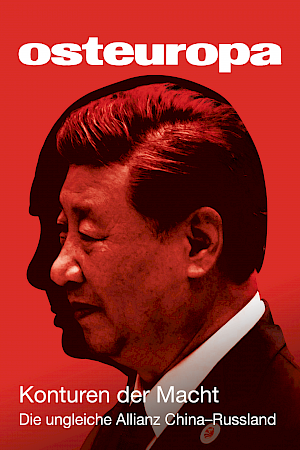The Historic Silk Road
Trade Routes, Merchants, Goods in the Middle Ages
Deutsche Fassung
Abstract
The Middle Ages experienced a “globalisation” of its own. From the 9th to the 12th century, the Eurasian expanse was crisscrossed by a network of trade routes, warehouses, and transshipment points through which long-distance trade was conducted. The Silk Road stretched from what is now China through Central Asia, Russia, Ukraine, and East Central Europe to Western Europe and the Levant. The passage of time and the type of goods trafficked determined the choice of routes. Goods of all kinds as well as slaves were transported overland, on inland waters, and across the sea. At its greatest extent, the Silk Road system stretched over more than 8,000 km. The merchants, among whom Jews played an important role, spoke numerous languages. Cashless trade was already known in the Khazar Empire. The Silk Road’s system of trade and communication had a significant impact on the modernisation and transformation of the old world.
(Osteuropa 7-9/2023, pp. 21–46)



